Earth Architects
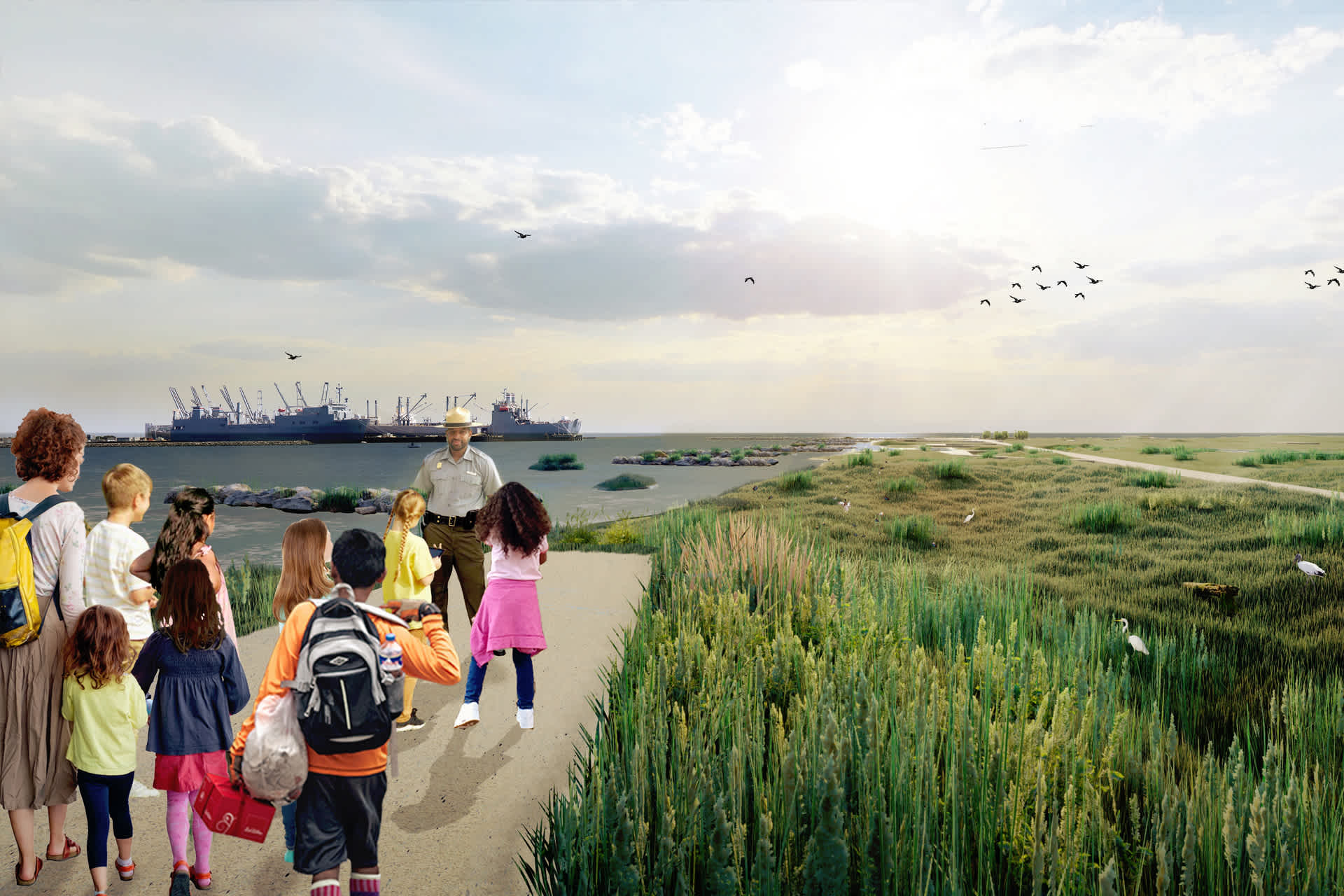
Pamela Conrad has always loved playing in the dirt. “I really liked making and building things, like forests or gardens or little areas for my baby animals to play,” she says about growing up on a farm. Today, Conrad is a landscape architect at CMG Landscape Architecture, in San Francisco, California.
Throughout her career, Conrad has been concerned with the environmental impact of her work. She’s the founder of an initiative called Climate Positive Design and the creator of the Pathfinder app. Both are intended to help landscape architects reduce the carbon footprint of the projects they work on. She is also a coauthor of Climate Action Now: A Landscape Architect��’s Guide to Climate Advocacy. “I feel quite lucky that I have the skills and training to help do something about climate change,” Conrad says. “I can't imagine anything more meaningful to do with my time than trying to help save the world.”
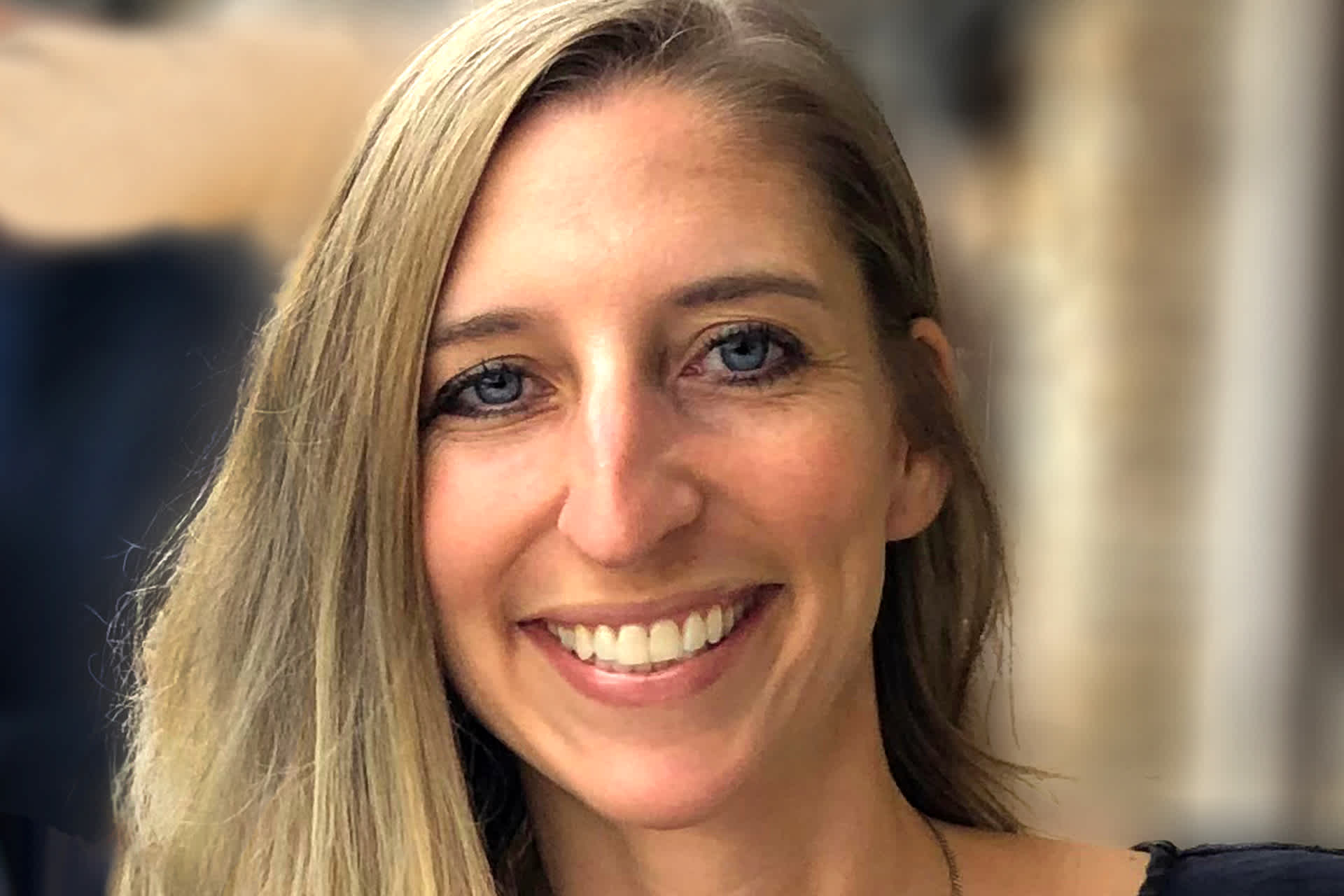
Here, Conrad answers some questions about her career.
What does a landscape architect do?
Landscape architects design, plan, and oversee the construction of everything outside of buildings. You might call us architects of the earth. We’re responsible for the creation of things like parks, plazas, streetscapes, gardens, schoolyards, waterfronts—you name it. Not all of those places might look like they’re designed, but somebody carefully thought through every detail.
How did you choose this career?
I fell in love with nature at a really early age. I grew up on a farm in Missouri, and I was constantly playing in creeks and with farm animals, and was dirty. I started working in people’s yards at a very early age, like around 12 years old. One day, a neighbor put a copy of Landscape Architecture magazine in front of me and said, “What you do—what you’re good at—is a profession. And you can actually go to college for this and it can be your career.” So that’s what I did.
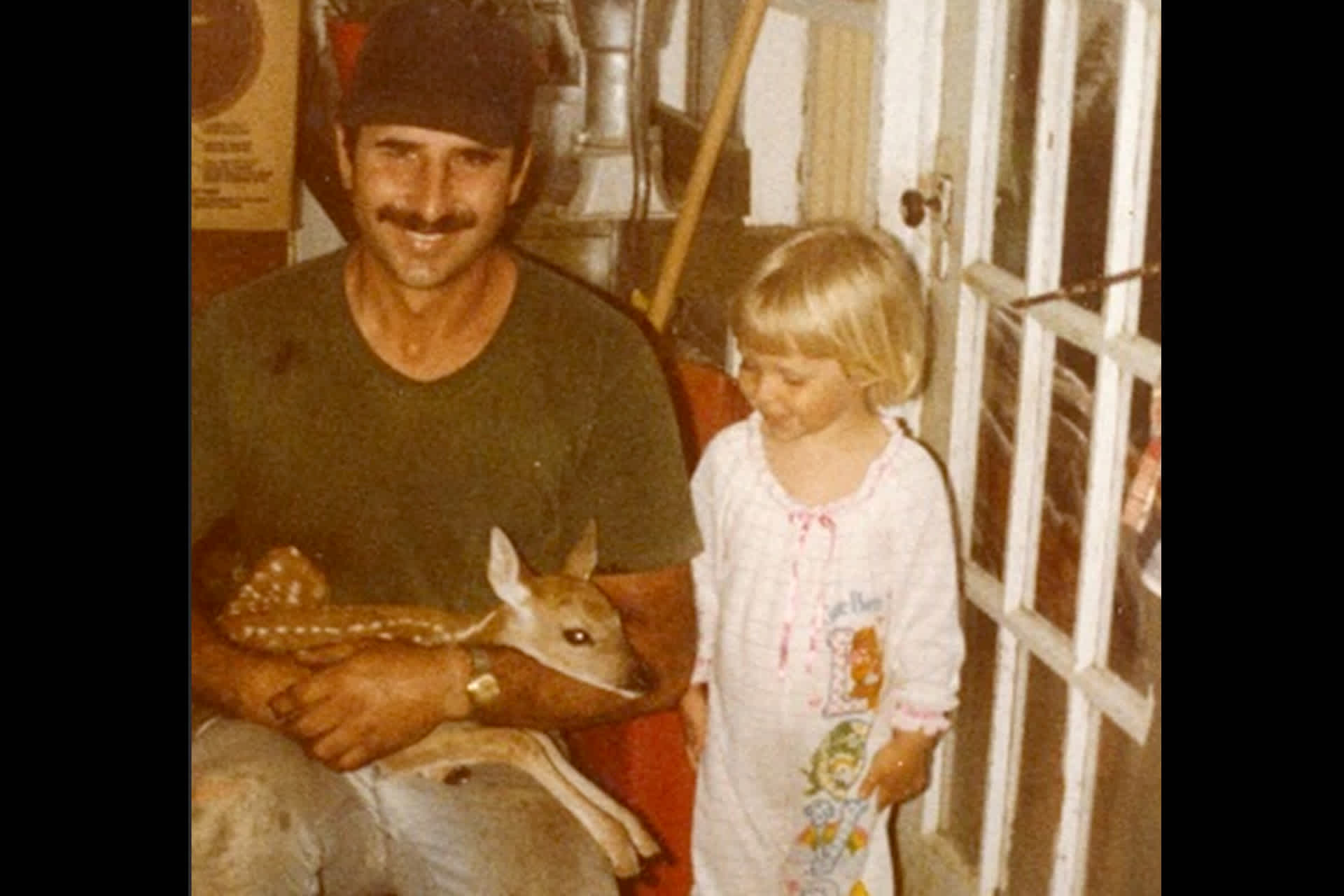
Is everything that landscape architects do climate-focused these days?
I’m definitely seeing a trend [toward this]. The first way that we’re getting involved is by designing our projects in a way that actually takes carbon dioxide out of the atmosphere. The trees and the plants in the places that we design absorb CO2 from the air. We can also help reduce the emissions of CO2 and other greenhouse gases by changing how landscapes are maintained, so we don’t use fossil fuels. And we’re designing bikeable and walkable environments. The second part is that we design in a way that’s going to be helping with the changes that we’re already starting to see happen. For example, we’re redesigning a lot of waterfront, so our cities don’t flood due to rising seas. And we’re planting urban forest canopies that help cities stay cool and livable as the planet warms up.
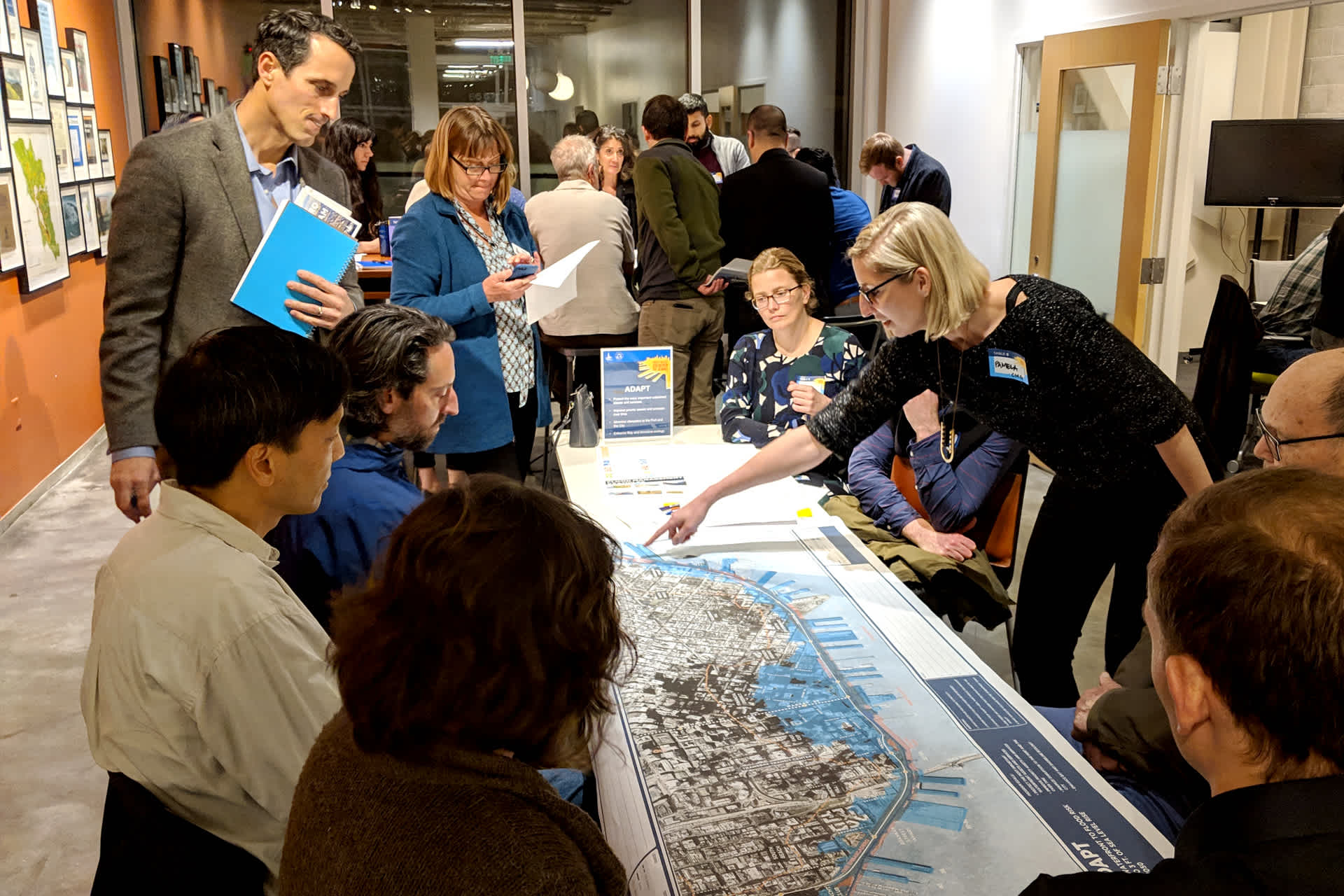
Career Advice
We asked Conrad for practical advice on what kids can do now to learn more about the field of landscape architecture. Here’s what she had to say.
Classes to take: “Life science, biology, or botany, and design classes. But also, even things like policy or business or social justice or technology, and social sciences like psychology or public speaking. Because [landscape architecture] is an all-encompassing kind of profession.”
Projects to try: “Kids can learn about sustainability right in their backyard. You can grow plants that produce food, which helps reduce carbon emissions. You can also plant pollinator gardens that attract birds and butterflies and bees that pollinate the plants that make our food.”
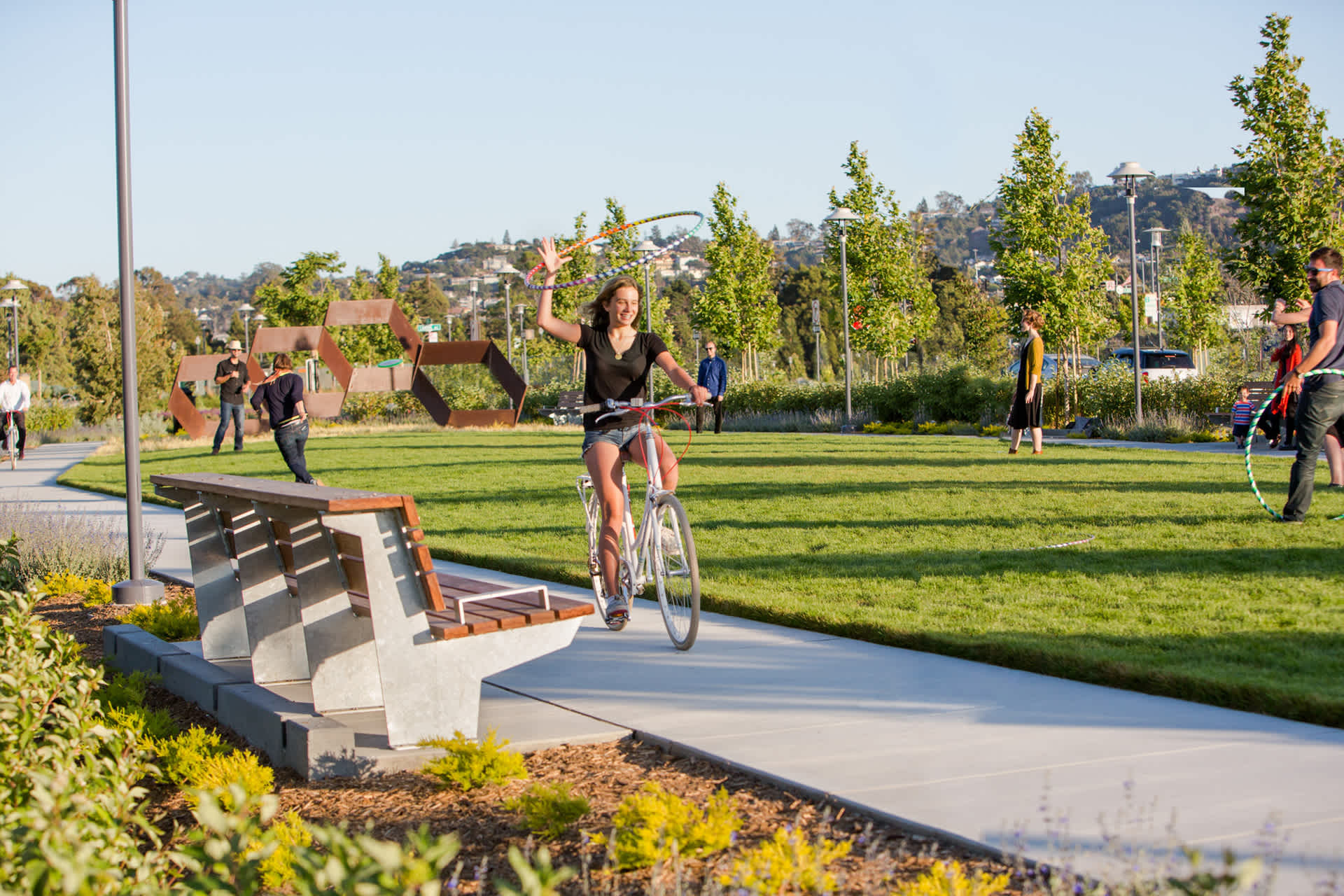
Organizations to know about: “There is a really great organization called Future Landscape Architects of America. For teachers, there are even lesson plans on the website to teach [K–12] students about landscape architecture.”
Things to read: “One good starting point is probably the magazine that was put in front of me 25 years ago, Landscape Architecture. It's really got the latest and greatest in terms of what we’re doing as a profession.”
Your best hot tip: “Reach out and set up an office visit with a landscape architect, or have a phone call. [You’ll want to get permission first from a parent or guardian.] Landscape architects, generally, are very nice people and would welcome having a student come into the studio.”
This interview has been edited for length and clarity.

